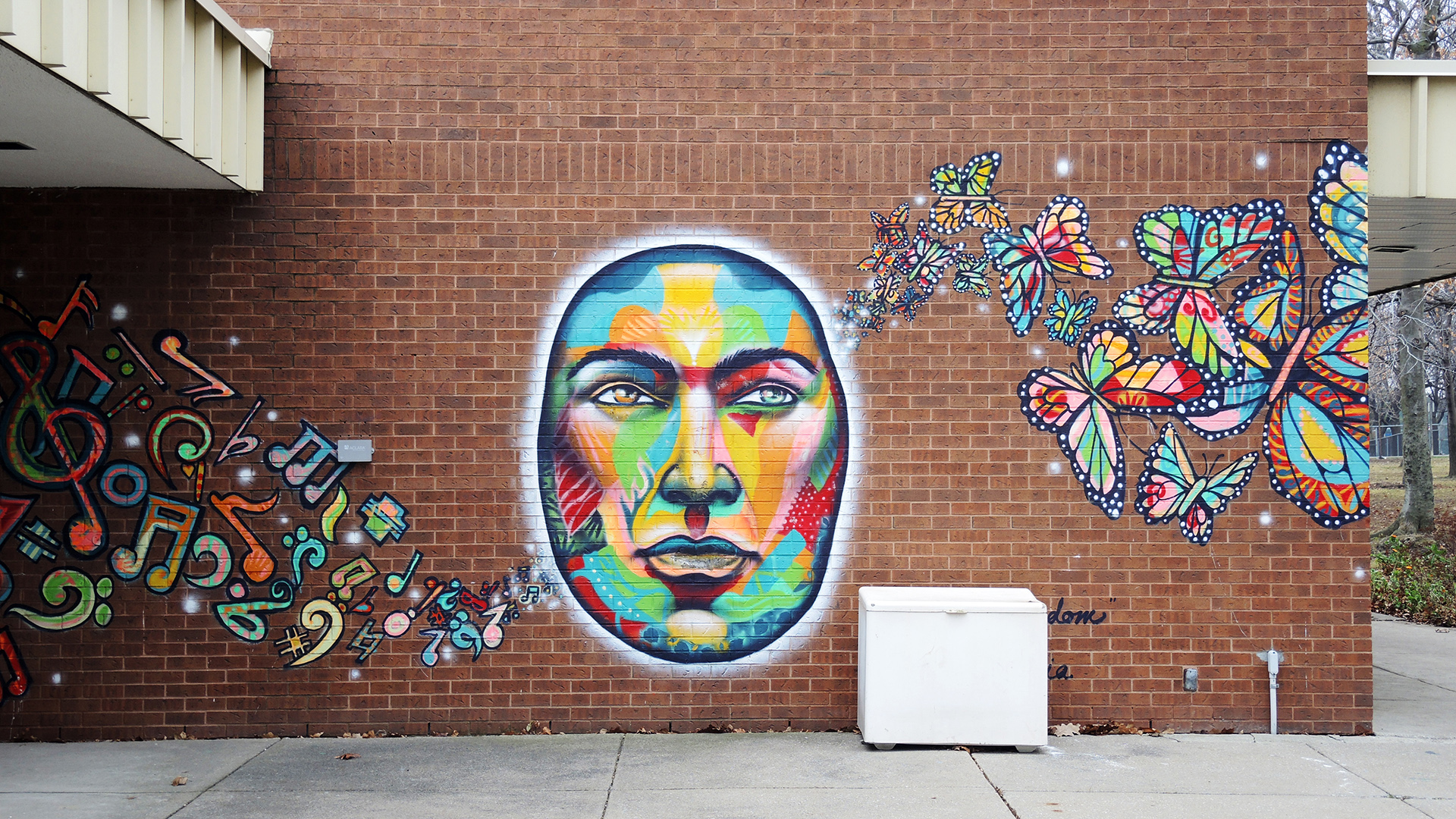In the international competition between cities, diversity counts as an advantage, but, in practice, things are not always so simple. Because, according to PhD candidate Donya Ahmadi, there is actually 'good' and 'bad' diversity. She conducted her research in a problem neighbourhood in Toronto.
Canada's largest city is seen internationally as a model of diversity. Its modern city centre is a mishmash of cultures, where women and minorities appear to have equal opportunities. The city's proud motto 'Diversity is our strength' is one of the cornerstones of urban policy. “But if you drive to the outlying Jane-Finch neighbourhood, you get a totally different picture”, says Donya Ahmadi. “Diversity in that neighbourhood stands for single - black - mothers and criminality. The slogan about diversity turns out to be mainly rhetoric.”
Jane-Finch is an urban district that could be compared to Amsterdam's Bijlmer neighbourhood twenty years ago. Its many high-rise blocks house a lot of immigrants, incomes are low and gangland violence is an inescapable reality. Ahmadi conducted extensive fieldwork there as part of a European research programme. She started by interviewing city policy workers, followed by leading neighbourhood figures and finally the residents themselves.
Remarkably, she found that the city and its civil servants believe that their approach to diversity is successful. At the same time, the Jane-Finch neighbourhood is often referred to using racial stereotypes. Even local residents do it. The people she interviewed relate criminality and broken families to origin and skin colour. It would seem that diversity is seen as a cause of problems in a disadvantaged neighbourhood while in gentrified city districts it is seen as something positive. It is evidently a case of 'good' and 'bad' diversity, concludes Ahmadi. As long as it brings in revenue, we embrace diversity and multiculturalism. But in cases where we do not like it, it is wrapped up in attractive slogans. While the immigrant in the wealthy city neighbourhood becomes a kind of advertisement, the resident of a deprived district is kept out of sight. Ahmadi: “We develop a language instead of identifying problems and tackling them. Of course, that is not how you solve inequality, racism and Islamophobia.”

Photos: Mary Crandall
What applies to Canada also applies to the Netherlands and other European countries, she says. The slogan 'Act Normally' used by the Dutch VVD party is a typical example of the ambiguous way in which we deal with diversity. “It's not an inclusive message. You cannot only accept people if they act exactly the same as you.” So how could things be improved? Through small-scale interventions, organised at neighbourhood level, through improving education and grassroots activism, believes Ahmadi.
This leaves the question of how her research findings can contribute to improving urban planning. In Amsterdam's Bijlmer neighbourhood, many of the 'problem apartment blocks' were demolished to make way for a new type of diversity. Social housing was replaced by homes in the more expensive market segment. House prices rose and new and trendy city residents moved into the district. Is that the best solution? Ahmadi does not think so. “The previous residents disappeared, taking their problems with them. Unless a broader approach is applied to tackling inequality and discrimination, they will ultimately become a source of racial tension and violence.”
Published: November 2017
More information
- PhD thesis 'Living with diversity in Jane-Finch'
